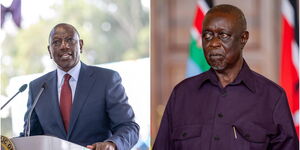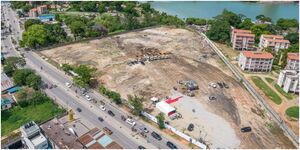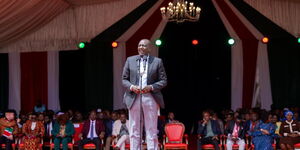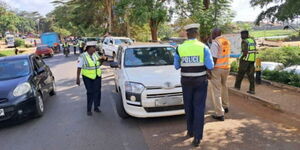Financial risks arising from budget shortfalls and funding gaps for programmes supported by development partners, weak monitoring and evaluation systems, and indiscipline in project and programme execution have been listed as some of the teething issues affecting service delivery in President William Ruto’s administration.
In a communiqué released by Ruto’s office, the President listed ten ‘systemic risks’, including those mentioned above, that were said to be hampering the effective execution of his manifesto.
Even so, the Ruto-led administration introduced 20 measures aimed at strengthening government service delivery to enhance performance and deepen public confidence in its ability to meet the people’s needs and expectations.
Weak vertical and horizontal collaborative governance, a silo approach in the implementation of government initiatives, and litigation, legal, and bureaucratic bottlenecks were also listed as challenges facing Ruto’s administration.
In addition, geopolitical realignments, conflicts, tensions, climate shocks, technological disruptions, cybersecurity threats, misinformation, disinformation, and the battle of narratives, along with the weaponisation of legitimate concerns into violent agitations, also emerged as factors constraining service delivery.
To address this, Ruto listed several key interventions, including deepening inter-governmental collaboration, streamlining vertical and horizontal collaborative governance, and training more Kenyan youth in multiple foreign languages to improve their competitiveness for global employment opportunities.
He further proposed reimagining the strategic vision for stimulating economic growth and job creation, defining pathways through a whole-of-government approach, expanding capacities in special economic zones, and exploring new markets for Kenyan products as part of the resolution strategy.
Deepening stakeholder engagement at different levels, securing bilateral partnerships aligned with the transformation agenda, and creating mechanisms to protect the interests of Kenyans in conflict regions were also identified as essential to improving the situation.
In the crucial agricultural sector, significant enhancements were planned. These include improving the quality of data across all agricultural sub-sectors to support evidence-based policies and interventions.
The ultimate goal is to consolidate and sustain gains in food production, boost farmers’ incomes, and create more jobs across the agricultural value chain. A particularly strong action point was accelerating the off-take of farmers’ produce, directly putting more money into their pockets.
Education was also prioritised, with specific plans to address the teacher-learner ratio. The government intends to accelerate teacher recruitment, a crucial step for the effective implementation of the Competency-Based Education and Training (CBET) curriculum.
Beyond staffing, a concerted effort is underway to enhance educational infrastructure. This includes building modern laboratories and other essential facilities to upgrade schools nationwide, ensuring the delivery of high-quality education.
Additionally, the new funding model for universities will undergo fine-tuning to streamline and enrich the means-testing instrument, aiming to ensure every student is placed in the correct financial band and to avoid any disenfranchisement.
In healthcare, the administration reiterated its commitment to ensuring universal access. A key resolution involves registering every Kenyan and their dependents under the Social Health Insurance scheme.
This initiative will be complemented by the strategic rollout of modern medical equipment, using various financing frameworks involving both counties and suppliers. Furthermore, the retreat stressed the importance of completing reforms at the Kenya Medical Supplies Agency (KEMSA) in accordance with the agreed framework between the national and county governments.
The government also aims to scale up the digitisation of all services, mandating that every Ministry, Department, and Agency (MDA) be onboarded onto the e-Citizen platform. This is expected to significantly improve efficiency, reduce corruption, and further boost government revenue.
Beyond these core sectors, the government is focusing on broader economic and social measures to enhance livelihoods and global competitiveness. These include facilitating financial inclusion for Micro, Small, and Medium Enterprises (MSMEs) through the Hustler Fund framework. The Affordable Housing Programme will continue to be scaled up, with an emphasis on advancing the construction sector value chain.
Finally, efforts to accelerate labour mobility coordination will involve forging new Bilateral Labour Agreements and renegotiating existing ones to engage a more professional Kenyan workforce globally.
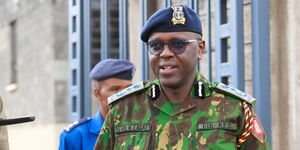
Govt Imposes Curfew in Sections of Narok County Breaking News


